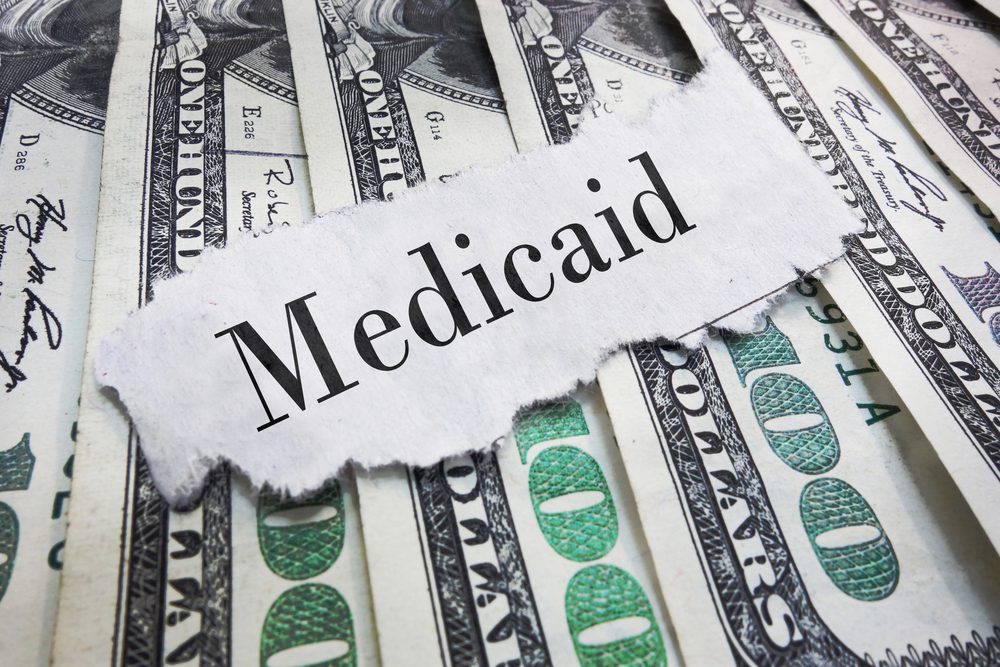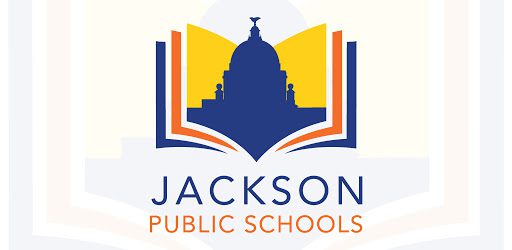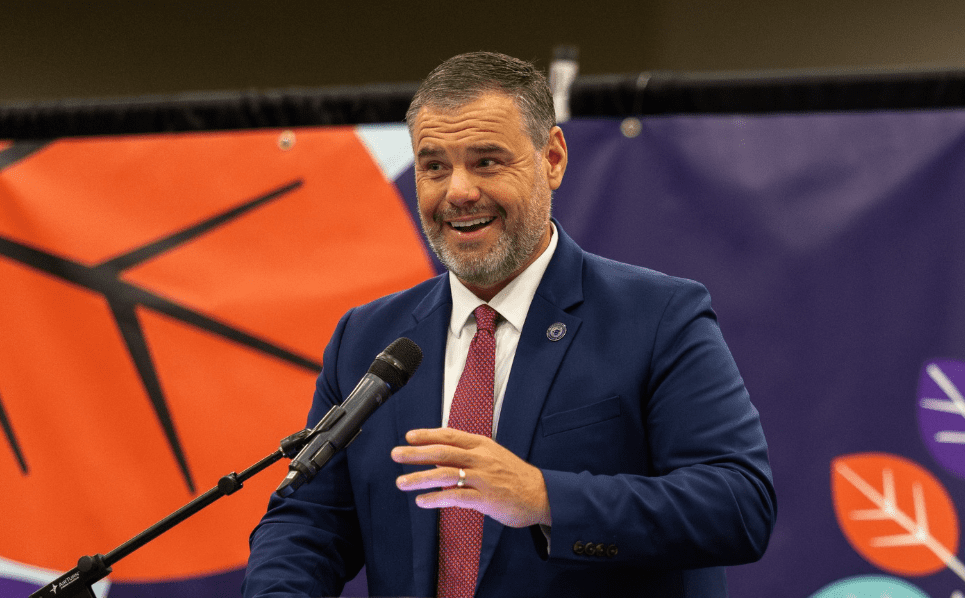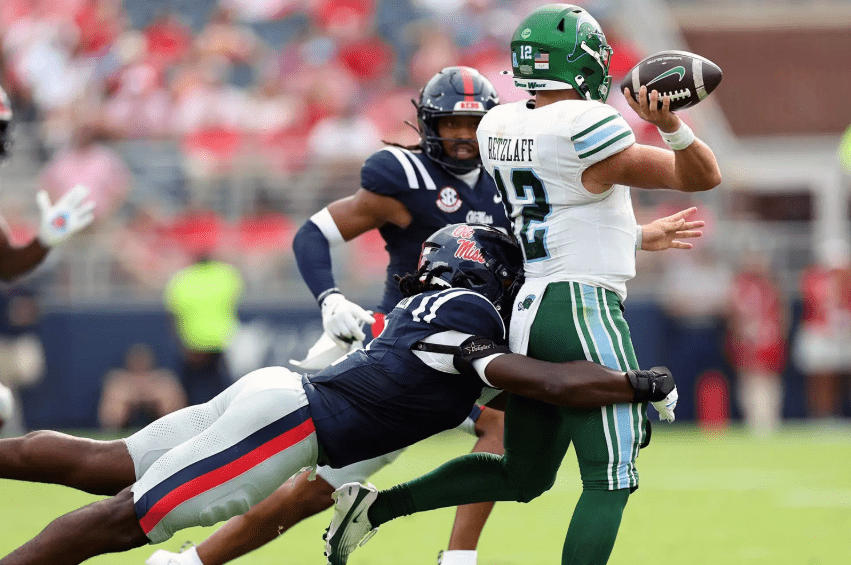
NFIB reports unfilled job openings hit a 48-year record high
The NFIB Small Business Optimism Index decreased in July to 99.7, a decrease of 2.8 points, reversing June’s 2.9-point gain. Six of the 10 components declined, three improved, and one was unchanged. The NFIB Uncertainty Index decreased seven points to 76, indicating owners’ views are held with more certainty than in earlier months.
“Small business owners are losing confidence in the strength of the economy and expect a slowdown in job creation,” said NFIB Chief Economist Bill Dunkelberg. “As owners look for qualified workers, they are also reporting that supply chain disruptions are having an impact on their businesses. Ultimately, owners could sell more if they could acquire more supplies and inventories from their supply chains.”
State-specific data is unavailable, but NFIB State Director Dawn McVea said, “The lack of qualified workers and disruptions to the supply chain is making it hard for small businesses to recover from the COVID-19 downturn, but owners are doing everything they can to meet customers’ needs and keep everyone safe.”
Other key findings include:
- Sales expectations over the next three months decreased 11 points to a net negative 4% of owners.
- Owners expecting better business conditions over the next six months decreased eight points to a net negative 20%.
- Earnings trends over the past three months decreased eight points to a net negative 13%.
As reported in NFIB’s monthly jobs report, 49% of owners reported job openings that could not be filled, a 48-year record high. Owners’ plans to fill open positions remain at record high levels, with a seasonally adjusted net 27% planning to create new jobs in the next three months, down one point from June’s record high reading.
Fifty-five percent of owners reported capital outlays in the last six months, up two points from June but historically a below average reading. Of those making expenditures, 39% reported spending on new equipment, 23% acquired vehicles, and 14% improved or expanded facilities. Six percent of owners acquired new buildings or land for expansion and 11% spent money for new fixtures and furniture. Twenty-six percent of owners are planning capital outlays in the next few months. At some point, owners will have to step up capital spending to acquire and improve the quality of capital available to support new hires.
A net 5% of all owners (seasonally adjusted) reported higher nominal sales in the past three months, down four points from June. The net percent of owners expecting higher real sales volumes declined 11 points to a net negative 4%, a stubbornly negative view but based on their realities.
The percent of owners reporting inventory increases declined seven points to a net negative 6%. A net 12% of owners view current inventory stocks as “too low” in July, up one point from June and a 48-year record high reading. A net 6% of owners plan inventory investment in the coming months, down five points from June and also a historically high reading.
A net 46% of owners (seasonally adjusted) reported raising average selling prices. Unadjusted, 5% reported lower average selling prices and 52% reported higher average prices. Price hikes were the most frequent in wholesale (73% higher, 0% lower), manufacturing (61% higher, 6% lower), and retail (57% higher, 7% lower). Seasonally adjusted, a net 44% plan price hikes. This is inflation, the question is for how long?
In July, 52% of owners reported raising average selling prices, two points higher than June. Price increases in wholesale and retail trades posted significant declines. The largest increases in price-raising activity were in the non-professional services and transportation.
A net 38% of owners (seasonally adjusted) reported raising compensation, down one point from June’s record high of 39%. A net 27% plan to raise compensation in the next three months, up one point from June and a 48-year record high reading.
The frequency of reports of positive profit trends declined eight points to a net negative 13%. Among those small employers reporting lower profits, 32% blamed weaker sales, 31% cited a rise in the cost of materials, 10% cited labor costs, 7% cited lower prices, 6% cited the usual seasonal change, and 3% cited higher taxes or regulatory costs. For owners reporting higher profits, 62% credited sales volumes, 20% cited usual seasonal change, and 7% cited higher prices.
Down from June, only 2% of owners reported that all their borrowing needs were not satisfied. Twenty-three percent reported all credit needs were met and 61% said they were not interested in a loan. A net 2% reported their last loan was harder to get than in previous attempts. One percent of owners reported that financing was their top business problem. Many small firms are still operating with PPP funds.











